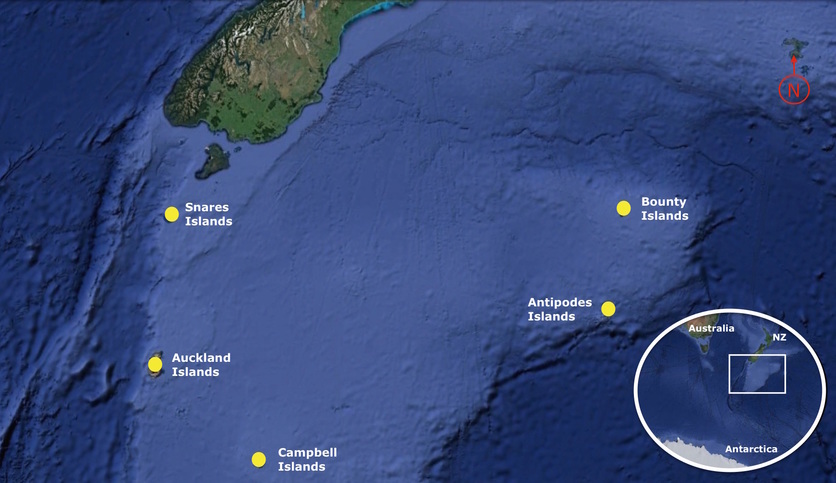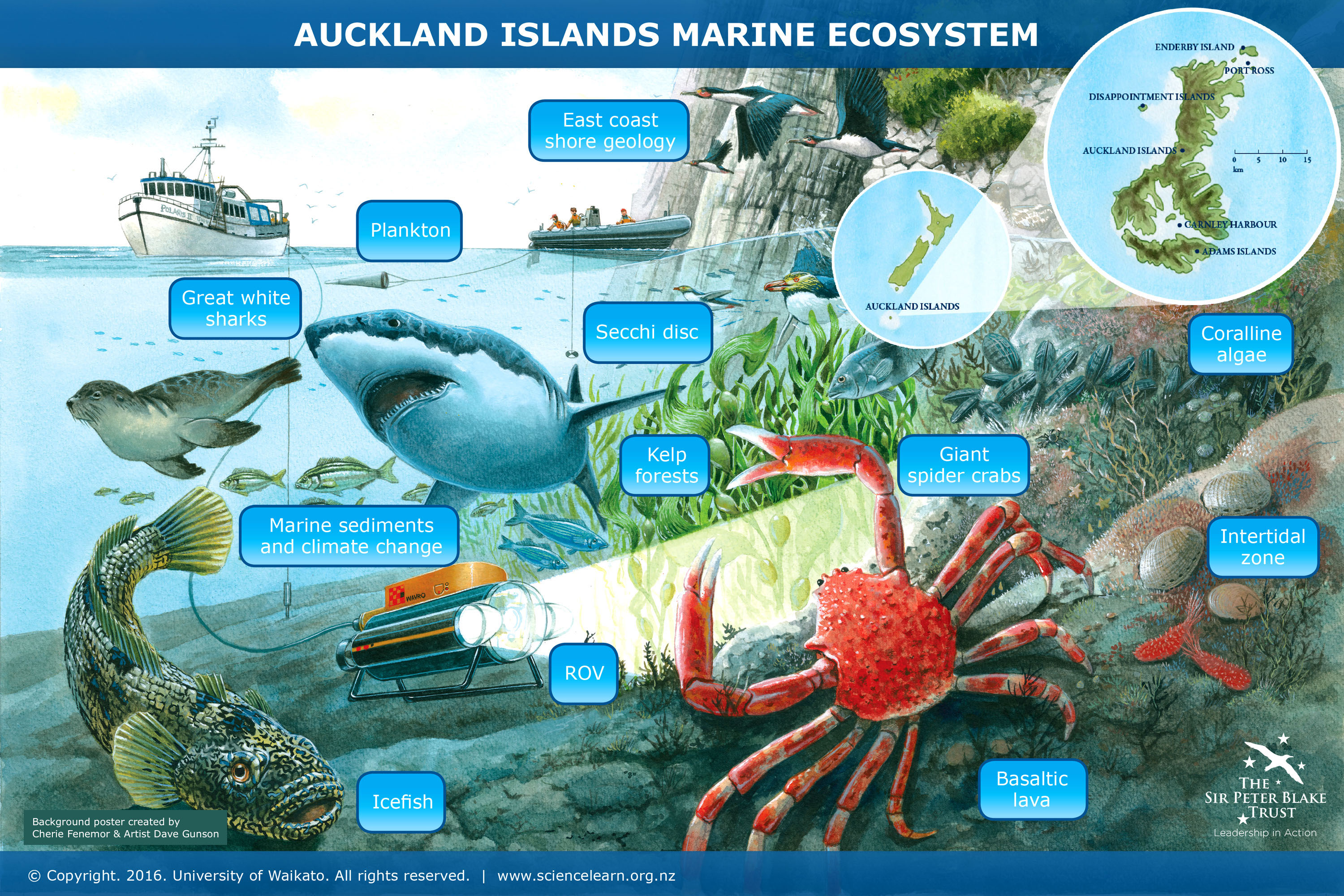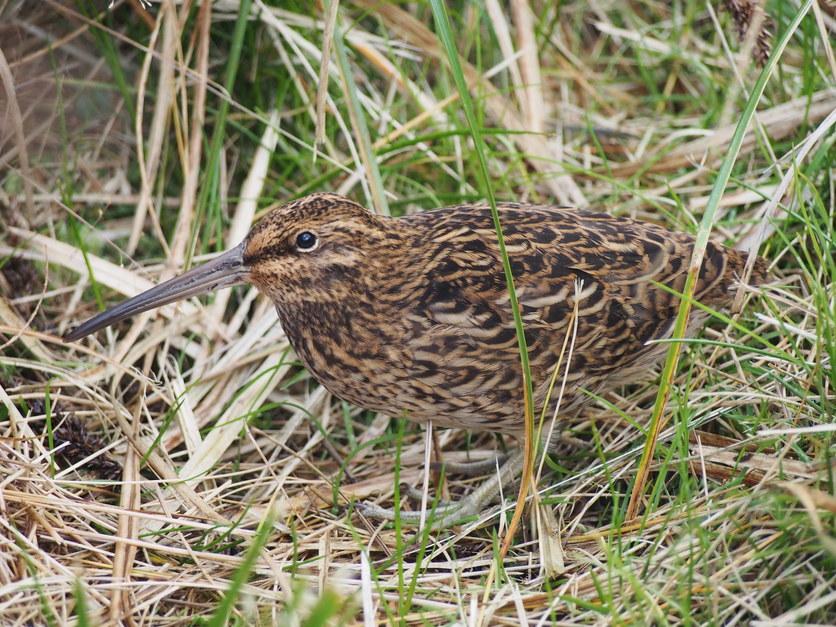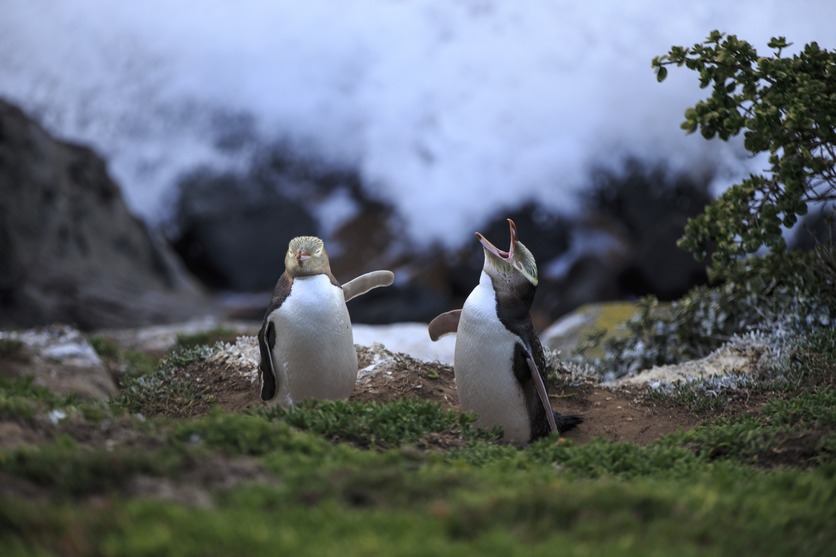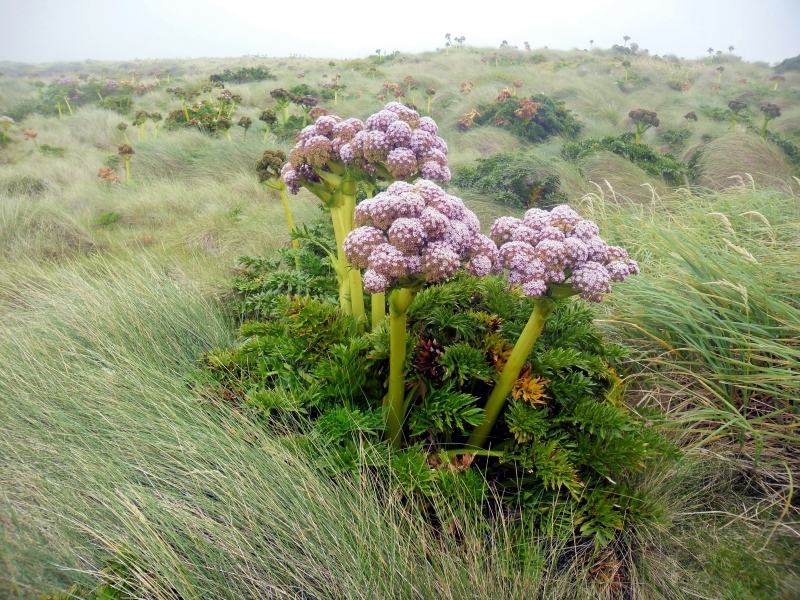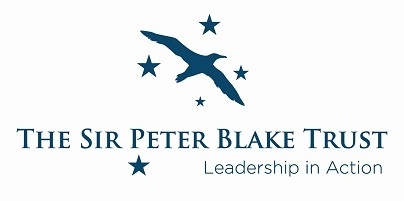The Auckland Islands are often described as a hotspot of biodiversity, with a wide variety of seabirds, invertebrates and marine mammals and a range of hardy plants.
There are five New Zealand Subantarctic Islands groups scattered across the Southern Ocean in latitudes known as the roaring 40s and furious 50s. As the names suggest, the Subantarctic Islands are pummelled by strong winds.
They are New Zealand’s southernmost islands and are of significant ecological and historical importance to our nation. They include the Snares Islands, Auckland Islands, Campbell Islands, Bounty Islands and Antipodes Islands. These islands support a large number of species for the surrounding ocean. Marine animals use these islands as a place to breed and rest.
The islands sit on the Campbell Plateau – part of the submerged continent Zealandia, which became submerged around 25 million years ago.
The Auckland Islands are the largest of the five island groups and are made up of the remains of two ancient shield volcanoes, which have been subsequently carved away by glaciers, leaving deep glacial valleys and a series of long inlets on the eastern coast while the Southern Ocean has eroded the southern and western coasts exposing towering cliffs.
The Campbell and Antipodes Islands are also of volcanic origin, while the Snares and Bounty Islands are granite outcrops.
Speciation
25 million years of isolation has led to speciation and a number of endemic species on the Subantarctic Islands that are closely related to New Zealand mainland species.
‘Speciation’ is an evolutionary process by which reproductively isolated populations evolve to become distinct species. An example is the New Zealand snipe, a small bird with strong legs and a long beak. They use their beaks to hunt for insects, hoppers and earthworms in a similar way to kiwi – probing in the ground and amongst dead plant material.
Snipe are now extinct on mainland New Zealand but still live on four island groups among New Zealand’s Subantarctic Islands (and also the Chatham Islands). One species is confined to the Snares Islands, while another has separate populations (subspecies) on three island groups further south – the Auckland, Antipodes and Campbell Islands.
Bird life
The Subantarctic Islands are rich with bird life, with an abundance of penguins, petrels, sooty shearwaters and shags. Ten of the world’s 24 species of albatross breed in the Subantarctic Islands. Campbell black-browed mollymawk (Thalassarche impavida) are endemic to New Zealand, with the only breeding population located on Campbell Island. These and other species rely heavily on the islands and are therefore the islands are a vital seabird breeding ground.
Ten species of penguin have been recorded on New Zealand’s Subantarctic Islands. This includes the yellow-eyed penguin (Megadyptes antipodes), considered to be the world’s most endangered penguin, and two species of crested penguin, the Snares crested (Eudyptes robustus) and erect crested penguins (Eudyptes sclateri), are endemic to the region. Erect crested penguins are classified as endangered on the IUCN Red List 2006. Snares crested penguins are considered ‘vulnerable’ due to their breeding population being confined to one small island group.
The Auckland Island snipe, teal, rail, tomtit and shag are all examples of land birds that have speciated since their isolation from mainland populations. Interestingly, the small teal of Auckland and Campbell Islands have independently evolved into flightless forms.
Mammals
Originally, the islands had no land mammals. However, early attempts to settle the islands, shipwrecks and 19th century sealers introduced a variety of mammals including sheep, goats, cattle, pigs, rabbits, cats, rats and mice. Today, only pigs, cats and mice remain on some of the islands.
The islands are rich with sea mammals including fur seals, southern elephant seals and leopard seals. The world’s rarest species of sea lion, the Hooker’s or New Zealand sea lion (Phocarctos hookeri), breed predominantly on the Auckland Islands.
Many whales found in the South Pacific Ocean travel migratory routes past the islands. The southern right whale is the most significant whale species in the area. They frequent the waters at Port Ross in the Auckland Islands for mating and calving in winter. Port Ross is the main New Zealand breeding ground for the southern right whale.
Auckland Island pigs
Another unique feature of the isolation of the Subantarctic Islands was the discovery of a lineage of disease-free wild pigs on the Auckland Islands.
The pigs are the descendants of pigs left by sailors in the early 1800s as a food source in case of shipwrecks.
Learn about the origin of these pigs and how their discovery renewed research into xenotransplantation at Living Cell Technologies, a biotechnology company that looked at pig cell implants to treat type 1 diabetes.
Insects
The Subantarctic Islands have many insects. They’re usually smaller than in mainland New Zealand, and a high proportion are flightless.
The Auckland Islands have the largest number of New Zealand subantarctic invertebrates, with over 200 species of insects, 12 endemic moths, 24 species of spider and 11 species of springtail. Wētā have also speciated into an endemic form called Dendroplectron aucklandensis.
Department of Conservation research suggests that mice are having a significant impact on invertebrate populations in the islands. Comparisons between the invertebrates of the main Antipodes Island and the nearby mouse-free Bollons Island indicate that mice have impacted on both the abundance and variety of species of invertebrates on Antipodes Island.
Plant life
The Subantarctic Islands are well vegetated except for the barren Bounty Islands and the Western Chain of the Snares Islands.
35 different plant species are only found in the Subantarctic Islands region, and several are found only at a single island or group.
Auckland Islands has the richest flora of the five island groups with 233 species recorded – 196 of these are native.
Unique to the Subantarctic Islands are the big non-woody perennial plants – megaherbs. Megaherbs are characterised by their size, with large leaves and very large and often unusually coloured flowers. The megaherbs evolved these characteristics as an adaptation to the acidic peat soil and harsh weather conditions on the islands such as the low light levels caused by almost constant cloud. Megaherbs have been grown outside of the Subantarctic Islands, but they do not fare well.
Different algaes are found on and around the Subantarctic Islands. In 2016, students on the Sir Peter Blake Trust Young Blake Expedition helped scientists to collect coralline algae samples. Corallines are known to inhabit a broad range of marine ecosystems, but little is known about the diversity and taxonomy of coralline species around our Subantarctic Islands. It is hoped that the research into these samples will determine the taxonomy of the species on the islands.
Related content
Rauhina Scott-Fyfe is a sea lion expert. Find out about their work in the Auckland Islands and how mātauranga Māori informs their research.
Activity idea
The classification of megaherbs activity is accompanied by a download with numerous images of these plants.
Acknowledgement
This introductory article was adapted from resources produced by Bernard Potter from St Kentigern College, who joined the Young Blake Expedition to the Subantarctic as the Sir Peter Blake Trust Educator in February 2014.
Useful links
Learn more about the habitat of the Subantarctic Islands or take a closer look at the 5-year DOC monitoring programme that looked at the productivity and survival of the seabird populations, including the southern royal albatross, on Campbell Island.
Read about the impacts of The Million Dollar Mouse pest eradication project in this 2018 BBC article Global implications for NZ 'Million Dollar Mouse' success. For more information see the Department of Conservation page on Eradicating mice from Antipodes Island, including is a video or this project.
View a gallery of images and read about the Subantarctic snipes at New Zealand Birds Online.
In this blog article from Te Papa Te Papa Botany Curator Heidi Meudt shows some examples of megaherbs she saw on the Strannik 2023 Auckland Island Expedition, and discusses what makes them so special.
